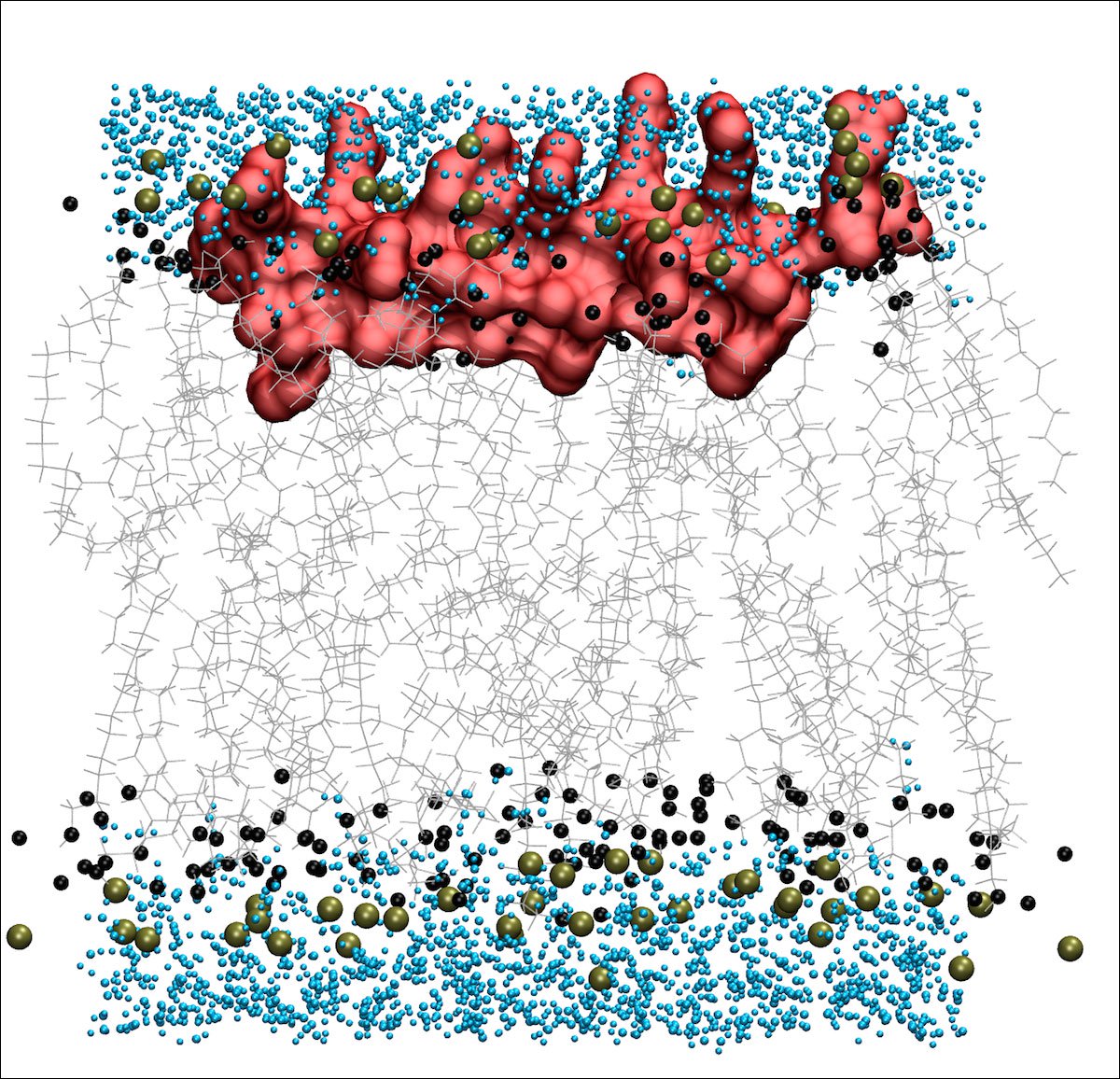New treatment effectively inhibited bacterial growth
Click Here to Manage Email Alerts
A novel treatment using engineered effector molecules demonstrated greater activity against drug-resistant bacteria than existing antibiotics, according to researchers from the University of Pittsburgh Center for Vaccine Research.
Additionally, it may take longer for bacteria to develop resistance to the new treatment compared with traditional antimicrobial therapies.
“Very few, if any, medical discoveries have had a larger impact on modern medicine than the discovery and development of antibiotics,” study researcher Ronald C. Montelaro, PhD, professor and co-director of Center for Vaccine Research, said in a press release. “However, the success of these medical achievements is being threatened due to increasing frequency of antibiotic resistance. It is critical that we move forward with development of new defenses against the drug-resistant bacteria that threaten the lives of our most vulnerable patients.”

Ronald C. Montelaro
Montelaro and colleagues tested the efficacy of engineered cationic antimicrobial peptides, or eCAPs, which were synthesized in the laboratory and have shown broad activity in vitro against both gram-negative and gram-positive pathogens, including several highly drug-resistant strains.
The researchers compared two leading eCAPs — WLBU2 and WR12 — with a natural antimicrobial peptide (LL37) and the antibiotic colistin using 100 bacterial strains isolated from pediatric cystic fibrosis patients at Seattle Children’s Hospital with chronic pulmonary infections and 42 strains isolated from hospitalized adults at the University of Pittsburgh Medical Center. These included 32 gram-positive and 110 gram-negative clinical isolates.
LL37 and colistin each inhibited the growth of 51% of the clinical isolates, while eCAPs inhibited 87% to 91%.

Figure 1. This is an image of an engineered cationic antimicrobial peptide (eCAP) membrane.
Source:Jonathan Steckbeck/Pitt.
“We were very impressed with the performance of the eCAPs when compared with some of the best existing drugs, including a natural antimicrobial peptide made by Mother Nature and an antibiotic of last resort,” Montelaro said. “However, we still needed to know how long the eCAPs would be effective before the bacteria develop resistance.”
To that end, Montelaro and colleagues challenged three different strains of Pseudomonas aeruginosa with eCAPs, LL37, rifampin and colistin. All three P. aeruginosa strains developed resistance to rifampin within the first 3 days of exposure, and resistance to LL37 and colistin emerged at 9 and 13 days, respectively. In contrast, the same bacteria did not develop resistance to eCAPs until 25 to 30 days.
“The current study demonstrates that rationally designed engineered antimicrobial peptides display broad spectrum activity against multidrug resistant ESKAPE pathogens and are less susceptible than standard antibiotics to the development of bacterial resistance,” Montelaro told Infectious Disease News. “Thus, the engineered antimicrobial peptides represent a new strategy for development in the treatment of drug-resistant bacterial infections.” — John Schoen
Disclosure: Montelaro and two other researchers report financial ties with Peptilogics.
